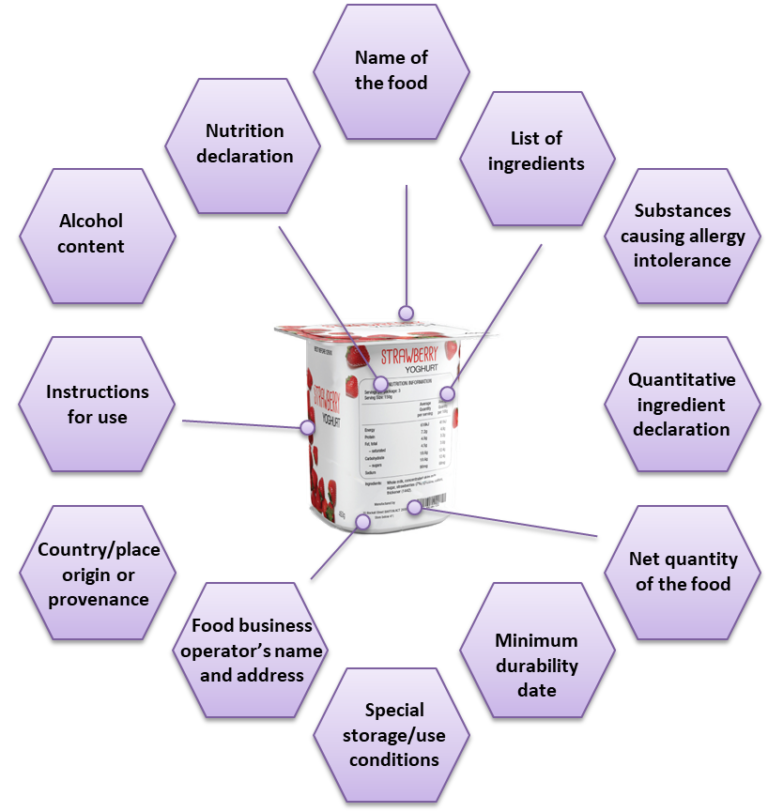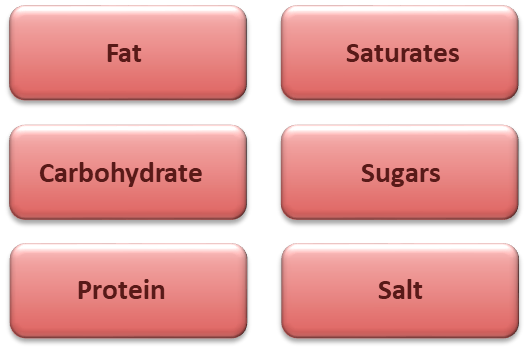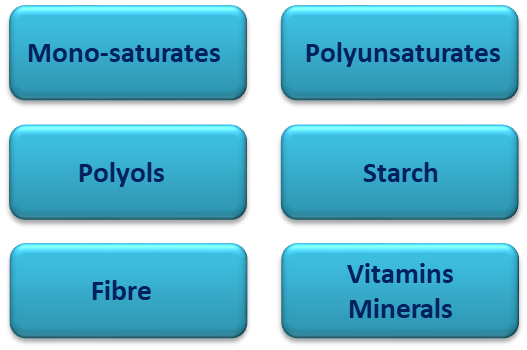Home / Healthcare & Medicine / Nutrition / Introduction to Food Science / How does the EU regulate the food information to consumers?

Reach your personal and professional goals
Unlock access to hundreds of expert online courses and degrees from top universities and educators to gain accredited qualifications and professional CV-building certificates.
Join over 18 million learners to launch, switch or build upon your career, all at your own pace, across a wide range of topic areas.


 Mandatory Food Labelling Information
Mandatory Food Labelling Information
 Nutritional Declaration
Nutritional Declaration
 Supplementary Nutritional Information
Supplementary Nutritional Information
 Allergens to be declared in the EU
Allergens to be declared in the EU







